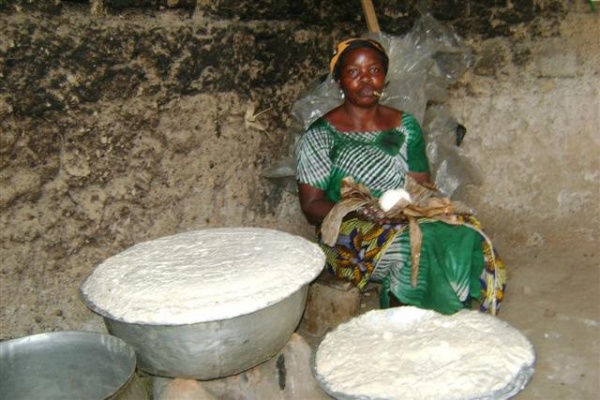Facts About Kenkey
Kenkey is a cherished traditional dish from the Ga and Fante regions of West Africa, reminiscent of sourdough dumplings. It is frequently paired with pepper sauce, fried fish, soup, or stew, making it a versatile and flavorful component of many meals. Beyond being a staple in Ghana, kenkey is also savored in Côte d'Ivoire, Togo, Benin, Guyana, and Jamaica. Depending on your location, you might encounter it under various names like kɔmi, dokono, dokunoo, or tie-a-leaf.
The allure of kenkey lies in its preparation. Primarily made from ground corn (maize), the process begins with fermenting the maize, imparting the dish with its distinctive tangy flavor. This fermentation generally spans a few days. Following fermentation, the cornmeal is mixed with cornstarch and water to create a dough, which is left to ferment in a warm environment. Once sufficiently fermented, the dough is partially cooked, wrapped in banana leaves or corn husks, and then steamed to perfection.
There are different varieties of kenkey, with Ga and Fante kenkey being the most renowned. Ga kenkey is particularly popular in Ghana. In the Caribbean, you will find a similar dish made with an assortment of ingredients such as cornmeal, plantain, green banana, sweet potato, or cassava, all wrapped in banana leaves.
Kenkey's roots are deeply embedded in African culinary traditions, and it continues to be a treasured element of West African cuisine today. Its unique taste and cultural significance endear it to many, bringing a touch of West African heritage to every meal.

 Togo
Togo